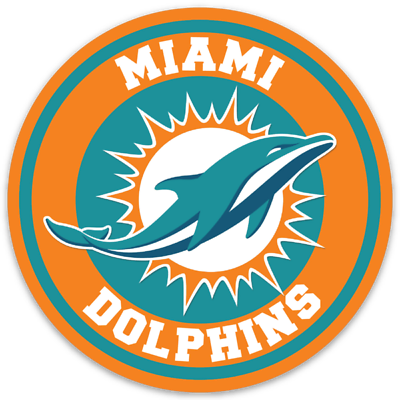As of 2024, a stark disparity exists in the 32 NFL franchises, with no Black majority owners. While notable Black figures have been part of ownership groups or held minority stakes, such as Serena and Venus Williams with the Miami Dolphins, the absence of a Black majority owner in the league is a glaring injustice.
This lack of diversity in ownership is striking, especially considering that approximately 70% of NFL players (the workforce) are Black, yet only six head coaches are Black. It’s understandable why Black billionaires would want to get into the game.
The NFL represents not only immense wealth but also cultural influence. However, these aspiring owners may find themselves priced out of diversity. With the average NFL team valued at $6.49 billion, the cost of entry is steep.
The Dallas Cowboys hold the top spot at $11 billion, while the Cincinnati Bengals, the least valued franchise, are still worth $5.25 billion. Despite the staggering growth of team valuations, it’s unlikely this trend will continue indefinitely.
NFL team ownership is a symbol of ultimate financial success, but the question remains: is it a sound investment for Black billionaires looking to enter the space now? While television and media deals and sponsorship revenue are on the rise, and new platforms like Amazon’s exclusive Thursday Night Football deal may drive even more revenue, I believe sky-high valuations could be approaching their ceiling.
Consider the trajectory of past owners like Jerry Jones, who purchased the Dallas Cowboys in 1989 for $150 million. Today, the team is worth $11 billion, marking an astronomical return of over 7,000% in 35 years. Similarly, Robert Kraft acquired the New England Patriots in 1994 for $172 million. Under his leadership, the Patriots have not only become one of the most successful franchises in NFL history, but their valuation has soared to $7.9 billion, yielding a return of more than 4,500%.
The NFL’s financial success can be attributed to several factors: lucrative television deals, sponsorship revenue, merchandise sales, and non-sporting events hosted in stadiums, such as concerts.
These factors have all contributed to the rise in franchise values, making NFL ownership one of the most exclusive and coveted clubs in the world. However, the question remains: Can this level of success continue indefinitely? It’s possible that any Black billionaire stepping into ownership today may be among the last incremental investors, getting in just before the growth slows.
Let’s take Robert F. Smith, the wealthiest African American, as a hypothetical example. Suppose he buys the Cincinnati Bengals, the least-valued franchise, for $5.25 billion.
If Smith were to achieve the same astronomical return that Jerry Jones got with the Cowboys—7,000% over 35 years—the Bengals would be worth $372.75 billion by 2059. That kind of valuation seems implausible, even to the most die-hard fans of the “Who Dey Nation.”
In reality, even the most successful companies typically see 20-30% annual growth rates in their best years, while the long-term average return for the S&P 500 hovers around 10% before inflation.
If we apply that 10% long-term average to the Bengals, their value would rise to just $5.775 billion over the next 35 years—a modest increase of $525 million over the initial purchase price.
Moreover, no NFL team is currently publicly traded. All 32 franchises are privately owned by individuals, families, or private ownership groups.
While the NFL’s national revenue-sharing model allows for some predictability, local revenue—derived from ticket sales, sponsorships, advertising, and stadium events—can be unpredictable. This local revenue is a significant part of an NFL team’s income, and its unpredictability can make it difficult to assess the long-term sustainability and growth potential of any NFL franchise.
While Black billionaires may have the financial resources to enter the exclusive club of NFL ownership, they also bring significant cultural capital. Their ownership could be a powerful symbol of diversity and inclusion in a league where the majority of players are Black. However, they could be entering this space at a time when the financial returns are less certain.
The days of explosive growth seen by past owners like Jerry Jones and Robert Kraft, who saw their teams’ values increase by thousands of percentage points, may be over. New owners may be faced with a different financial reality, with only modest returns and a risky financial proposition.
As much as NFL ownership is a status symbol, Black billionaires should carefully consider the financial realities before investing.
